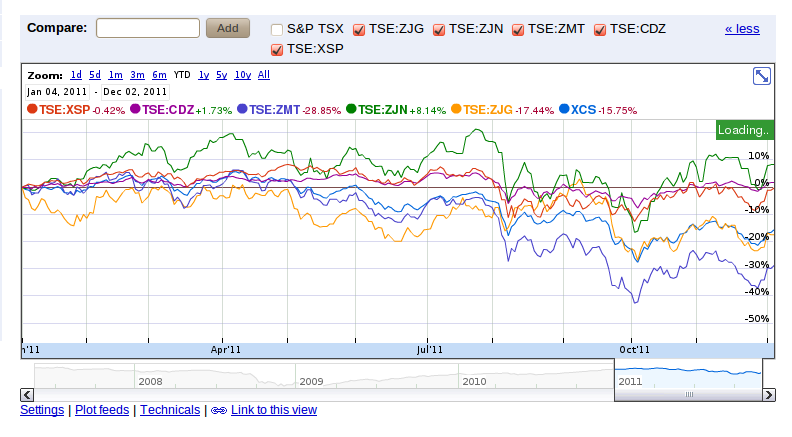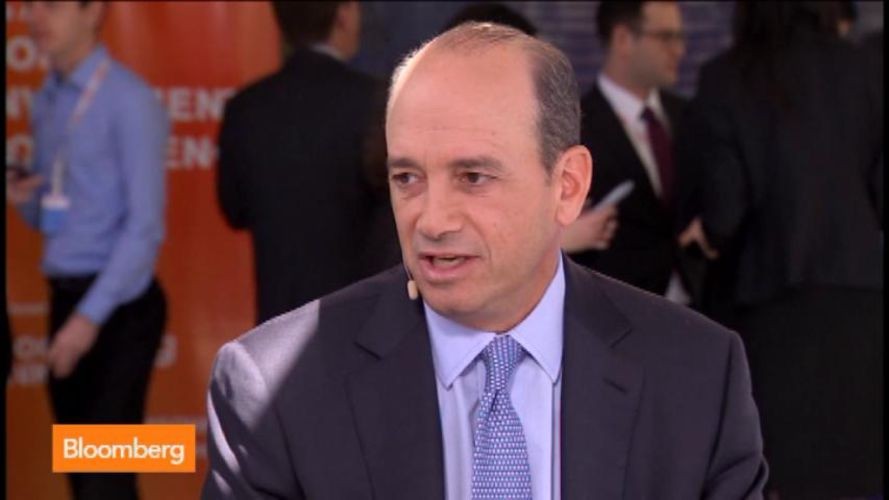Guide To MBS ETF Investing Yahoo Finance Canada
Post on: 4 Август, 2015 No Comment

Focus: Real Estate
Mortgage backed securities have long been feared by investors across the globe. Especially after the U.S subprime crisis back in mid 2007/2008 where these highly complex instruments were unregulated. However, things have changed a lot since then.
With more stringent risk management principles in place and the market seeing more rigorous regulations since the 2008 debacle, the solvency and credit quality of the mortgage financing companies and their loans have improved immensely.
Favorable economic data coming in domestically and from abroad has resulted in an increase in corporate activities leading to higher income and consumption in the U.S markets. As the demand for residential and commercial real estate rises, likewise mortgage financing companies are bound to see an increase in their asset books in the near future. (see Top Three Mortgage Finance ETFs )
Structure of MBS
A mortgage backed security is created by a process known as securitization. It is a process by which illiquid loans are transformed into tradable securities. In case of MBS, the underlying loan is a mortgage loan. The loans are pooled together and act as a single debt security. These securities are then rated based on the credit quality of the underlying pool of loans.
On the basis of the ratings, coupons are assigned, with higher coupons assigned to lower rated securities and vice versa. (read Top Three High Yield Financial ETFs ). Lastly they are sold to the public at large and are traded in the open market. By using this process, the highly illiquid mortgage loans can be easily traded in the form of liquid debt securities.
Most MBS are “pass through securities” guaranteed by Govt. Sponsored Enterprises (GSEs). These include Ginnie Mae, Freddie Mac and Fannie Mae. The cash flow streams arising out of the mortgage loan repayments (principal plus interest) are “passed through” to the investors purchasing the MBS.
It is prudent to note that apart from the cash flow streams, lots of other risks are also pushed on to investors as well. Among the biggest concern to investors should be; interest rate risk. credit risk and also inflation risk .
Current scenario in MBS market
Real estate demand is finally starting to turn around. In fact, sales of existing homes in February marked the best second month of the year for the industry prior to the broad market slump. Additionally, investors also saw the first year-over-year price increase in home values since November of 2010.
If the interest rates remain low, but start to slowly creep higher, there will be a significant increase in the demand for mortgage loans resulting in creation of more asset based securities, possibly increasing the pool of high quality assets in the space. (read Time For A Commercial Real Estate ETF? )
For investors looking to make a play on the broad space, there are several options in the ETF world. These ETFs employ a basket approach of investing across various investment grade mortgage backed securities with varying maturities, ensuring that credit risk is pretty much entirely diversified away. As a result, any of the following three ETFs could be great picks to play this slowly recovering market:
Launched in March 2007, MBB seeks to replicate, before expenses, price and yield performance of the Barclays Capital U.S MBS index. The market capitalization weighted index measures the performance of the investment grade agency mortgage backed “pass through” securities.
These securities are generally fixed rate securities of the Govt. National Mortgage Association (GNMA ), Federal National Mortgage Association (FNMA ) and Freddie Mac (:FHLCM). The Index is reviewed and rebalanced on a monthly basis.
With total assets of $4.87 billion and average daily volume of 365,106 shares, it is by far the biggest and most popular name in the MBS ETF space. From a sector perspective, traditional 30 year mortgage securities comprise the bulk of the assets at 56.14%, followed by GNMA 30 year mortgage loans which account for another 20.79%.
About 53.5% of its assets are invested in securities having a maturity of 25 years and above, however, the weighted average maturity of all the securities in the fund is only 2.56 years. This enables the fund to face little in terms of interest rate risk, especially when compared with other long-term focused peers (read UBS Launches Monthly Leveraged Real Estate Securities ETN ( RWXL )).
Although the Index is comprised of 998 securities, the fund holds only 303 securities out of those. This implies that the ETF does not follow a full replication strategy but a relative sampling strategy which looks to follow the overall performance of the underlying index.
Unfortunately investors have to pay 31 basis points in fees and expenses for this service; however, the fund pays out pays out a good yield of 3.56% per annum with monthly distributions. The ETF has returned 5.88% in the past one year compared to the index returning 6.23%.
SPDR Barclays Capital Mortgage Backed Bond ETF ( MBG )

This tracks the price and yield performance of the same index as the previous fund i.e. Barclays Capital U.S MBS index, the only difference being the number of holdings. MBS holds only 28 securities presently which best track the index.
Just like the previous ETF, it employs a representative sampling technique rather than a full replication technique. The fund was launched in January 2009 and since then the fund has managed to garner about $33 million in AUM.
The fund normally focuses on securities having higher coupons with a short term focus and assigns more weights to those securities leading to high current income. The fund has a gross expense ratio of 0.32%, thanks to the unique fund management technique (see more on ETFs at the Zacks ETF Center ).
However, the fund is yet to gain in popularity as suggested by the inflows in its asset base and the average daily volume which stands at 5,036, probably because investors perceive that such a small sample size would not actually reflect the performance of the index in totality resulting in higher index sampling risk.
Vanguard Mortgage-Backed Securities ETF ( VMBS )
VMBS was launched in November 2009, and tracks the performance of the Barclays Capital U.S. MBS Float Adjusted Index. Like the above two funds, this ETF employs a representative sampling passively managed technique holding 342 securities out of the 998 securities held by the index.
The fund focuses on securities with shorter maturities and lower modified duration in order to reduce interest rate risk. The average modified duration of the fund is 2.8 years and the average maturity is 4.7 years.
In less than three years since its inception, the fund has seen a massive inflow in its asset base managing $165.2 million with average daily volume at 28,995. The main reason for the popularity of this product is its low-cost structure backed by its efficient fund management techniques.
This mortgage-backed ETF charges investors a paltry 15 basis points in fees and expenses and pays out 2.11% per annum as a yield. The ETF has returned 6.17% in the past one year, making it a solid performer in the competitive space.
Want the latest recommendations from Zacks Investment Research? Today, you can download 7 Best Stocks for the Next 30 Days. Click to get this free report >>














